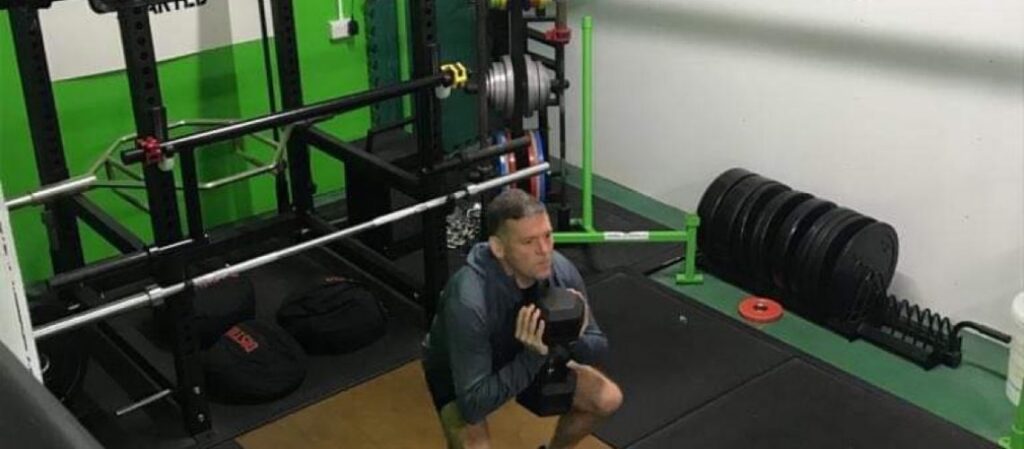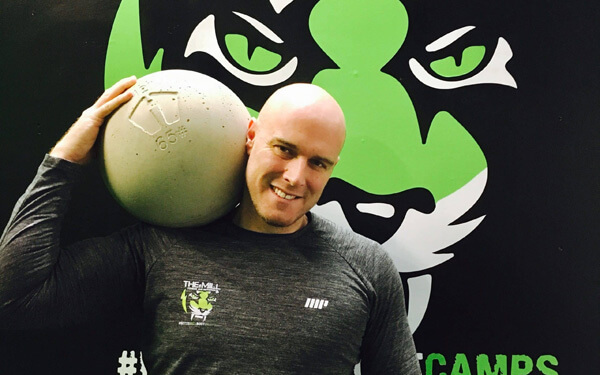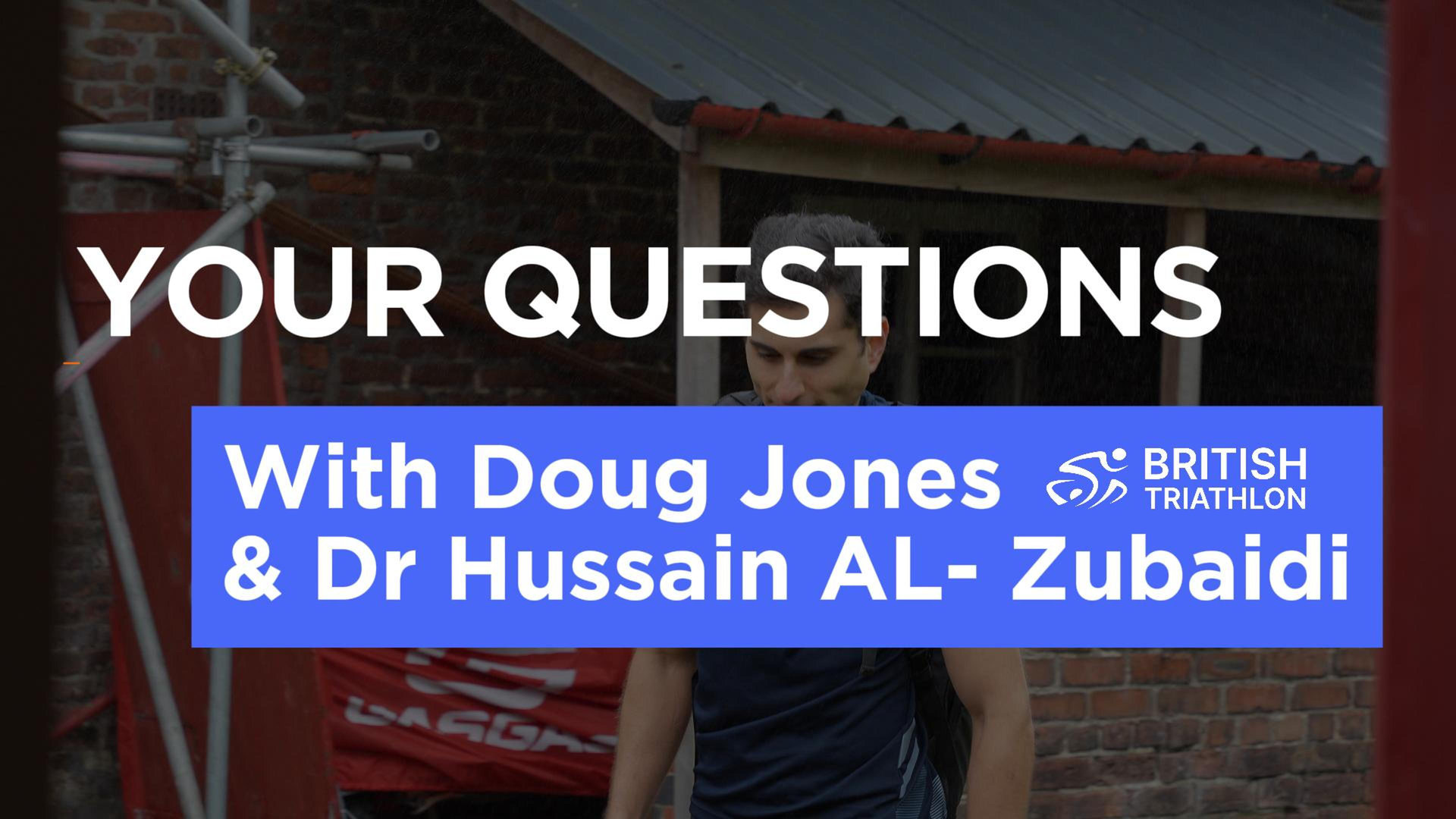
In preparation for his ultramarathon, Gareth has looked at every detail. Of course there is the training plan but he has also considered his strength training, his nutrition, how he has recovered and even how he's packed.
This post focuses on the strength & conditioning work Gareth has been putting in with PT, Rob Bond.
Rob has almost 22 years’ experience in health and fitness.
For the past few years, Rob has been helping Gareth better prepare his body for ultra-running.
He only sees Gareth twice a week for 45 mins each session, so he makes sure to fill the training with effective moves in that short time.
He says his approach to training Gareth for the 127-mile challenge was no different from previous sessions.
“The main priority is to help prevent Gareth from getting injured when he's pounding his body with the many miles he covers month on month,” he says. “In addition, we work on improving his strength and power, along with posture to assist in his run training.”
By working around Nicola’s training plan, Rob has shown Gareth how to become more efficient in his running stride, more powerful on uphill sections, and less fatigued as a race moves on.
“Once we established a base of good movement patterns during the first month or so, we could start to work on everything else,” he says.
Rob says he doesn’t follow the ‘traditional’ models of periodisation, which were previously given to athletes in a calendar year. Instead, his exercises focus on developing aspects of Gareth’s strength and power over a period of sessions using his “main” moves, mostly emphasising the lower body. This is followed by assistance exercises which include working the core and upper body.
The main moves include squats, deadlifts, lunges: everything that bodybuilders might use to build lower leg size. For Gareth, though, these moves are about enhancing his power, strength and stability without increasing his leg size.

Rob also likes to keep the routine varied by substituting exercises every few weeks.
While endurance is obviously key to getting through any ultra, Rob says that’s not the focus of Gareths’ training with him.
“We tend not to work much in the endurance range. He should get strength endurance and suchlike from interval and hill training within his running work,” he says. “If he has had a big weekend on the hills and his legs are excessively sore, then we will tend to do more of an upper-body session, with a bit of legs to aid the recovery process.”
The other important aspect of Gareth’s training is his back strength and posture.
“A pack of 7-8 kilos might not seem like a lot, but it will be if you’ve got it on your back for 50 miles,” says Rob. “So, we have to work on his posture. We want to make him more upright and stronger around the shoulders and upper back.”
The 7-10 days prior to Gareth’s 127-miler are extremely important. This is when Rob will make sure Gareth eases off the intensity and sticks to lighter exercise. The idea is to maintain the good work they have done leading up to the event.

Recovery is just as important - and will involve resting whenever he can and making smart choices.
“After a big race or event, typically we would have a week off from the gym work or just do one easier upper body session, to simply tick over,” Rob says.


Training Plan – Designed by his great friend Nicola Bruce
Recovery Protocols – Designed for Gareth by Riixo founder, Cameron
Kit Selection – Tried, tested, and trusted
Lessons Learned – From Gareth, Nick and other Ultrarunner with scars to share

 British Triathlon: Recovery Questions Answered
British Triathlon: Recovery Questions Answered
 The Injury Risk Equation
The Injury Risk Equation
 LJMU Study Findings
LJMU Study Findings
 What are shin splints?
What are shin splints?
 How to treat shin splints [2021]
How to treat shin splints [2021]
No Thanks – I’ll pay full price
Close Window
Close Window
[…] do you get when you add up 12 weeks of training, a new diet, a recovery plan, targeted strength work, the “Carlsberg” of crews, 30+ hours of running, and 128 miles of canal […]
[…] been following his thorough preparation – training, recovery, kit selection, strength & conditioning work – and in this post we speak to Lauren Bond who has encouraged Gareth to think differently […]
[…] speak to Gareth and his team, look at the training plan, recovery protocols, strength work and his […]
[…] documented some of his preparations, his training, nutrition, strength & conditioning and recovery. In this post we look at the kit that Gareth has selected to make the journey […]